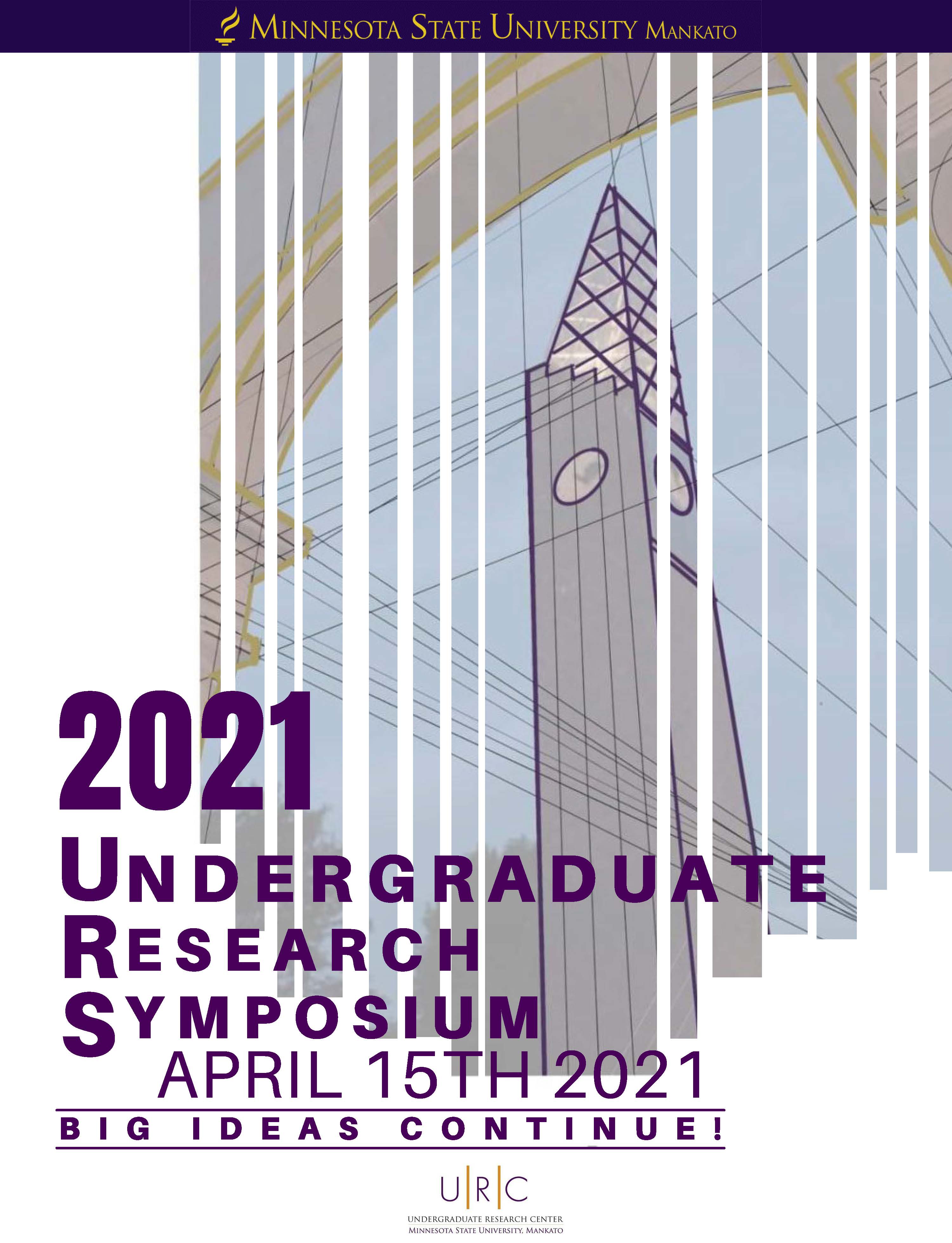DNA Repair Genes and Their Expressions in Breeding and Non-Breeding Seasons of Green Anole Lizards
Start Date
15-4-2021 3:30 PM
End Date
15-4-2021 4:30 PM
Student's Major
Biological Sciences
Student's College
Science, Engineering and Technology
Mentor's Name
Rachel Cohen
Mentor's Department
Biological Sciences
Mentor's College
Science, Engineering and Technology
Description
Green anole lizards (Anolis carolinensis) have distinct breeding and non-breeding seasons. During these seasons, certain genes are either expressed or not. Our gene, DNA ligase 4, was detected as more active in the non-breeding season. We hypothesized that our gene would be much more active in the non-breeding season than the breeding season as it is a DNA repair gene. We determined which out of the three primer sets we designed to use through a polymerase chain reaction or PCR. We then moved on to RNA isolation using the green anole lizard hypothalamus. The hypothalamus is the control center of the brain and controls what genes are expressed during which season. Once the RNA samples were isolated, they were turned into cDNA through cDNA synthesis. The cDNA was then used in quantitative PCR, or qPCR for short. The qPCR tested how much of our desired gene was amplified in a sample. In the qPCR, we made a standard curve to compare to and ran through a total of 24 samples. Once we had our data, we normalized its RNA by Beta-actin, ran a T-test, removed outliers, and ran an ANOVA for lizard sex and season. There was no significant difference in LIG4 expression between sexes (F1,19 = 0.149, p = 0.704). There was no significant difference in LIG4 expression between seasons (F1,19 = 0.431, p = 0.519). Our data didn’t support our hypothesis, and we plan on researching further into other DNA repair genes.
DNA Repair Genes and Their Expressions in Breeding and Non-Breeding Seasons of Green Anole Lizards
Green anole lizards (Anolis carolinensis) have distinct breeding and non-breeding seasons. During these seasons, certain genes are either expressed or not. Our gene, DNA ligase 4, was detected as more active in the non-breeding season. We hypothesized that our gene would be much more active in the non-breeding season than the breeding season as it is a DNA repair gene. We determined which out of the three primer sets we designed to use through a polymerase chain reaction or PCR. We then moved on to RNA isolation using the green anole lizard hypothalamus. The hypothalamus is the control center of the brain and controls what genes are expressed during which season. Once the RNA samples were isolated, they were turned into cDNA through cDNA synthesis. The cDNA was then used in quantitative PCR, or qPCR for short. The qPCR tested how much of our desired gene was amplified in a sample. In the qPCR, we made a standard curve to compare to and ran through a total of 24 samples. Once we had our data, we normalized its RNA by Beta-actin, ran a T-test, removed outliers, and ran an ANOVA for lizard sex and season. There was no significant difference in LIG4 expression between sexes (F1,19 = 0.149, p = 0.704). There was no significant difference in LIG4 expression between seasons (F1,19 = 0.431, p = 0.519). Our data didn’t support our hypothesis, and we plan on researching further into other DNA repair genes.



